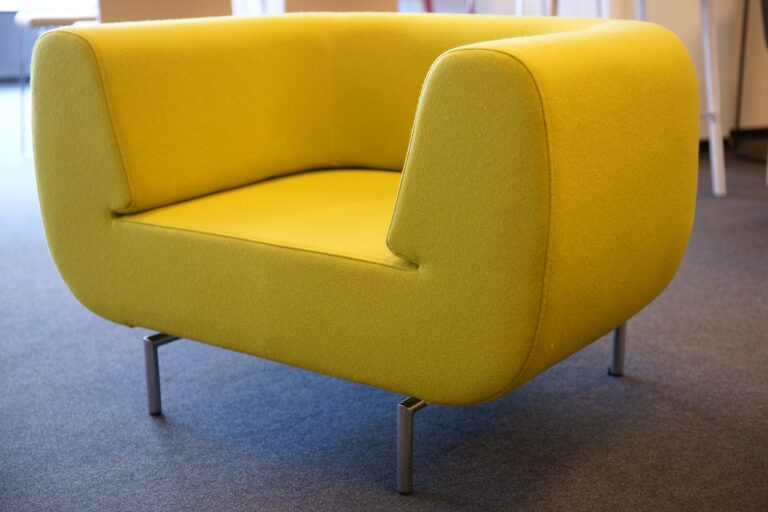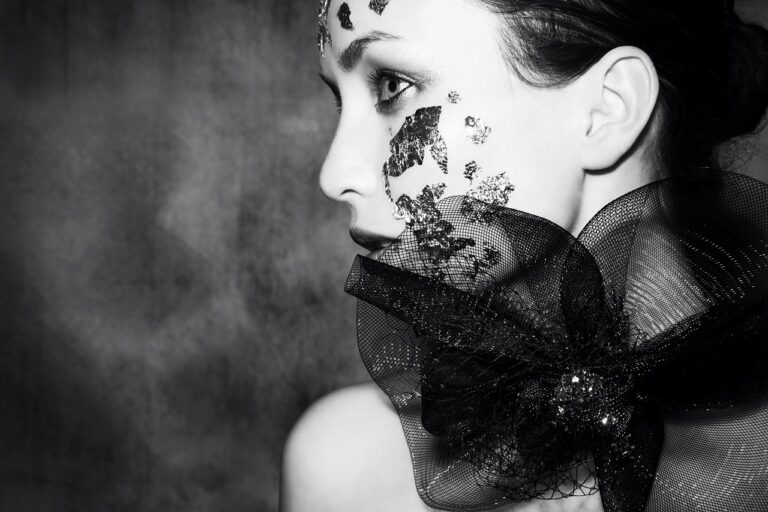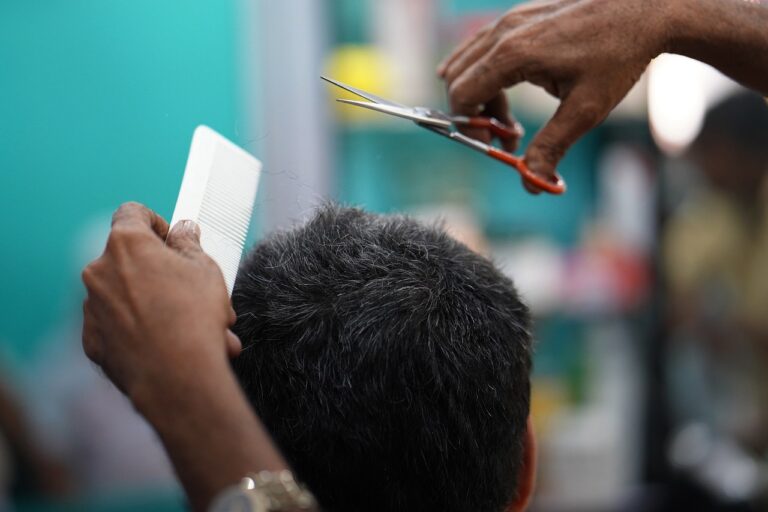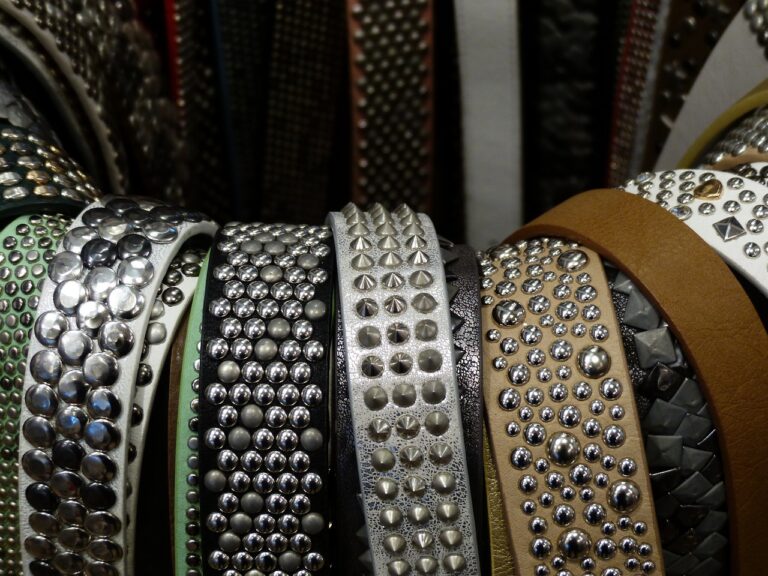Breaking Gender Norms Through Fashion: The Rise of Androgynous Style
Gendered fashion has a rich history that spans centuries, reflecting the societal norms and attitudes towards gender roles during different eras. In ancient civilizations, such as ancient Egypt and Rome, clothing was often used as a symbol of status and power, with distinct styles for men and women emphasizing their social positions. As societies evolved, so did fashion, with the Renaissance period seeing elaborate garments that were intricately designed to accentuate and differentiate between the genders.
During the Victorian era, strict gender norms heavily influenced fashion, with women expected to wear restrictive corsets and voluminous skirts to emphasize their femininity, while men’s clothing focused on tailored suits that conveyed power and authority. The 20th century witnessed significant shifts in gendered fashion, with the rise of women’s liberation movements in the 1960s and 1970s challenging traditional notions of femininity through the adoption of more gender-neutral styles. Today, gendered fashion continues to evolve, with a growing acceptance of androgynous fashion that blurs the lines between traditional masculine and feminine clothing.
• In ancient civilizations like Egypt and Rome, clothing symbolized status and power
• Renaissance period featured elaborate garments to differentiate genders
• Victorian era saw strict gender norms influencing fashion heavily
• 20th century witnessed shifts in gendered fashion due to women’s liberation movements
• Today, there is a growing acceptance of androgynous fashion blending traditional masculine and feminine styles.
The Evolution of Androgynous Style
Androgynous style has undergone a significant transformation over the years, breaking away from traditional gender norms and embracing a more fluid and inclusive approach to fashion. This evolution can be traced back to the 1920s when women started adopting more masculine silhouettes, challenging the societal expectations of how they should dress. This shift towards androgynous fashion continued to gain momentum in the 1960s and 1970s, with icons like David Bowie and Annie Lennox embodying a blend of masculine and feminine elements in their wardrobe choices.
As we entered the 21st century, the concept of androgynous style expanded beyond just mixing elements of menswear and womenswear. Designers began to create clothing lines that were intentionally gender-neutral, catering to a broader spectrum of identities. This move towards inclusivity has sparked a global movement towards gender fluidity in fashion, where individuals are encouraged to express themselves authentically without conforming to societal expectations based on their gender. The evolution of androgynous style reflects a shift towards a more accepting and diverse fashion landscape, where self-expression knows no bounds.
Key Elements of Androgynous Fashion
Androgynous fashion is characterized by its ability to blur the traditional lines between masculine and feminine styles. One key element of androgynous fashion is the intentional use of non-gender specific silhouettes and clothing pieces. This means incorporating items such as tailored blazers, straight-cut trousers, and button-down shirts that are not confined to either the male or female wardrobe.
In addition, a neutral color palette plays a pivotal role in achieving an androgynous look. Shades like black, white, grey, and beige are commonly used in androgynous fashion to create a sense of understated sophistication and versatility. By eschewing bold or overly feminine/masculine colors, individuals can embrace a more fluid and gender-neutral aesthetic in their wardrobes.
What is the history of gendered fashion?
Gendered fashion has a long history dating back centuries, where clothing styles were distinctly categorized as either masculine or feminine.
How has androgynous style evolved over time?
Androgynous style has evolved to challenge traditional gender norms in fashion, blurring the lines between masculine and feminine aesthetics.
What are some key elements of androgynous fashion?
Key elements of androgynous fashion include tailored suits, oversized silhouettes, neutral colors, and minimalistic designs.
Is androgynous fashion only for a specific gender?
No, androgynous fashion is not limited to a specific gender and can be embraced by anyone regardless of their gender identity.
How can someone incorporate androgynous elements into their wardrobe?
One can incorporate androgynous elements into their wardrobe by mixing traditionally masculine and feminine pieces, experimenting with different silhouettes, and embracing a more gender-neutral style.







